While the world at large bemoans the lack of opportunity for women directors, Hollywood has never felt the same reluctance when it comes to female novelists, happily assigning the biggest directors of the era to tackle complex subjects and reinterpret them in filmic code. It’s easy to forget how many films have been adapted from works by women writers, given how frequently the textual basis for famous films has been allowed to go out of print. (Many of the authors mentioned below I came to first through their cinematic mirrors before I came to know them as words.) Thanks to the Feminist Press at CUNY and their Women Write Pulp Series, the Vintage Movie Classics series, the Women Crime Writers series from Library of America, the Dover Crime Classics series, and NYRB’s thankfully endless reissues of classic works (as well as the forthcoming American Classic Mystery series from Mysterious Press) many novels that had been hitherto replaced by their more famous film cousins are now back to being available in print, an essential element in setting text and interpretation up as equally worthy of study.
A note on methodology: Data for this post has been primarily gathered through IMDB, Google searches, and through the CrimeReads’ editors knowledge of crime authors. If there are important names missing from this list, please let us know in the comments section—this is an evolving project. The following writers are ranked by the number of feature films made based on their works, which means TV movies, TV shows, and short films were not counted. This list thus skews towards writers from before the age of television, and many of the 21st century’s biggest crime writers are as consequence missing from the list.All films included are based on work separately published before appearing in film versions, which means that we did not include works where women writers had written an original story for a film. There are also several writers on this list who wrote in multiple genres, included because they had a strong mystery component to their writing, and thus there may be some films counted towards each total that are not strictly mystery films. We also did not count films in production but not yet released, which is why Gillian Flynn is notably absent.
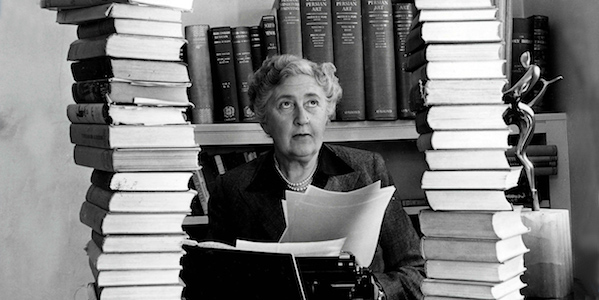
Agatha Christie
45 feature films
The queen of crime has 45 film adaptations under her belt, with another 3 announced or in production. This giant oeuvre includes at least 7 adaptations of And Then There Were None, filmed all over the world, and with, unfortunately, every version of the title (into the 1980s, a Russian adaptation used a direct translation of the book’s original, and cringe-worthy, title). While most films adapted from Christie’s novels have been British or American productions, there are a number of Soviet and Indian films based on her work. She’s been the darling of various directors—George Pollock directed 4 different films based on her work throughout the 1960s, and now Kenneth Branaugh’s taking his turn revisiting her masterpieces, and yet Christie hasn’t had a single feature film based on her work directed by a woman (the case may be different for tv adaptations—lest we never finish this list, we elected to leave tv for another day). Agatha Christie always pointed to Crooked House as a favorite of her own works and it’s no surprise that Crooked House has been filmed multiple times.
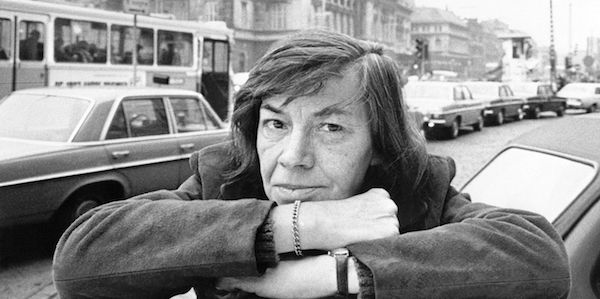
Patricia Highsmith
20 feature films
When I started this list, I thought for sure that Highsmith would top it (although I should never have discounted the vast filmography of Dame Christie), but Highsmith, with 20 feature film adaptations under her belt, came in a respectable second place. Many of these are adaptations of her Ripliad: The Talented Mr. Ripley was first brought to screen in 1960 as Plein Soleil/Purple Noon, directed by Réné Clémont, and beyond the argument that occasionally consumes our office as to which adaptation is better, Purple Noon or Anthony Minghella’s slicker, more faithful eponymous 90s adaptation, I think everyone can agree that Tom Ripley was meant to be on-screen. Wim Wenders contributed to the filmed Ripliad with The American Friend, adapted from Ripley’s Game and filmed with an unusual approach to language, switching between English and German. Liliana Cavalli, of Night Porter fame, also took a more recent swing at the same story in her 2002 film Ripley’s Game.
Beyond the Ripliad, Highsmith had quite a few big-name directors attached to her work, including Hitchcock’s incomparable adaptation of Strangers on A Train, and Claude Chabrol’s Le Cri de Hibou/The Cry of the Owl, while not as renowned as some of the other adaptations of her work, is still considered a solid contribution to the canon. We can only hope that the success of Carol leads to even more adaptations of her standalone works.
Finally, if imitation is the sincerest form of flattery, and parody is the sincerest form of imitation, then we also have to include a shout-out to Danny Devito’s loving parody of Strangers on a Train, simply titled Throw Mama from the Train, a modern classic. (We assume. We still haven’t seen it…)
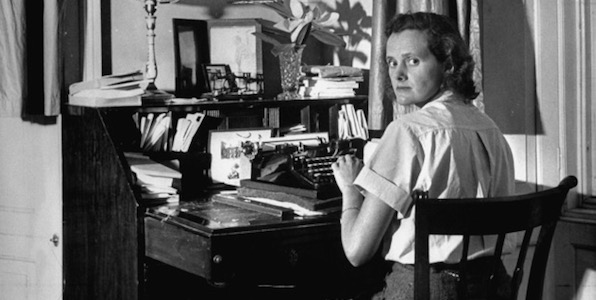
Daphne du Maurier
14 feature films
In third place comes the queen of gothic suspense, Daphne du Maurier, with 14 film adaptations. Du Maurier may be best remembered today for her novel Rebecca, which is either a psychological thriller about the dangers of marriage, a romance for the ages, or a metaphor for closeted lesbian upper-class existence (or all three!), but she also wrote the stories that were the basis for Hitchcock’s The Birds and Nicholas Roeg’s haunting Don’t Look Now, both stories newly available in New York Review of Books’s classic editions. Rebecca was first brought to cinema in 1940 by Hitchcock, then later adapted in Hindi cinema as Kohraa (Fog) in 1964 by Biren Nag, with a twist ending that provided a significant departure from the source material, and the more recent Bollywood film Anamika. Reportedly, Jamaica Inn was both Daphne du Maurier’s least favorite adaptation of her work and one of Hitchcock’s least favorite films, after RKO studios forced Hitchcock to change the film’s ending to preserve the star’s image as a good guy.
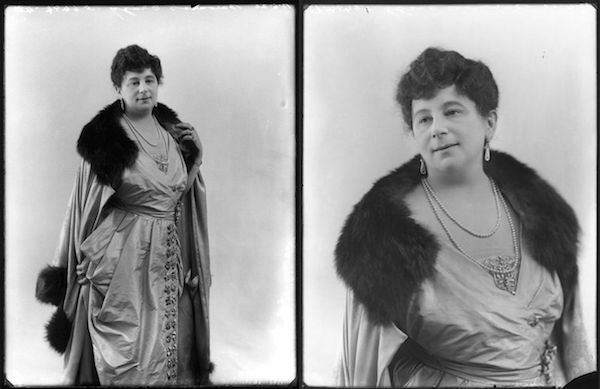
Baroness Emma Orczy
14 feature films
Tied for third place is golden era crime’s most aristocratic figure, the Baroness Emma Orczy, creator of the Scarlet Pimpernel, the elusive secret agent responsible for rescuing many a French aristocrat from the clutches of the revolution before smuggling them to safety with an utmost amount of derring-do. Many of us may only be familiar with this character because of his unfortunate interactions with Blackadder, but from the silent era through to the talkies, the Scarlet Pimpernel and other characters created by Orczy appeared in 14 feature films (plus tons of shorts), with such winning titles as The Elusive Pimpernel, The Laughing Cavalier, and my favorite, Pimpernel Smith, which is sadly not an exploitation film remake of the Scarlet Pimpernel no matter how much it sounds like it should be. There’s also a Swedish parody called Pimpernel Svensson, and speaking of parodies, now that I’ve typed out those titles next to each other, I realize that these films are EXACTLY what Singing in the Rain is making fun of. I mean, The Dancing Cavalier, come on…The Pimpernel hasn’t appeared in a film since 1950, but thanks to innumerable parodies, the character will live on.
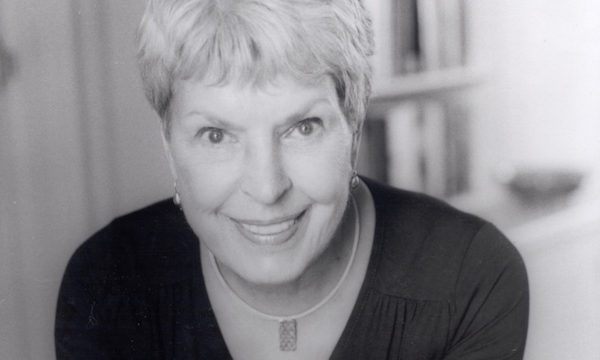
Ruth Rendell
9 feature film adaptations
Ruth Rendell, who also wrote under the pen name Barbara Vine, dominated the 80s and 90s with her chilling series and feminist stand-alones, so much so that she’s barely been mentioned in the crime world in this century. After years of neglect, it’s time to revisit her work, including the many great films based on her novels (and some mediocre films based on great novels). La Cérémonie, Claude Chabrol’s 1995 adaptation of A Judgement in Stone, is reputed to have been her favorite, and Chabrol himself had a life-long interest in adapting English-language crime novels by women into French crime films, as you’ll see when we get Charlotte Armstrong, now little-known in the English-reading public but still revered in France thanks to Chabrol’s many adaptations of her work. Other big-name directors attached to Rendell’s work include Pedro Almodóvar, whose 1997 adaptation of Live Flesh met with much critical acclaim.

Miyuki Miyabe
8 feature films
Miyabe’s known for writing in many genres in her native Japan, but so far, only her books for younger readers seem to have made their way into American hands. Luckily for us, crime cinema knows no bounds (or at least generally comes with an English subtitles option), so we can enjoy her grittier work through numerous film adaptations. Many of her works veer into camp and horror territory, so for a taste of Miyabe at her cold-hearted crime-y best, check out the 2004 flick The Reason, in which the murders of four residents in an apartment block is the catalyst for an unholy reckoning. She’s also now got her own mini-franchise running with two films and one television adaptation of Solomon’s Perjury, in which schoolchildren team up to solve the murder of a classmate.
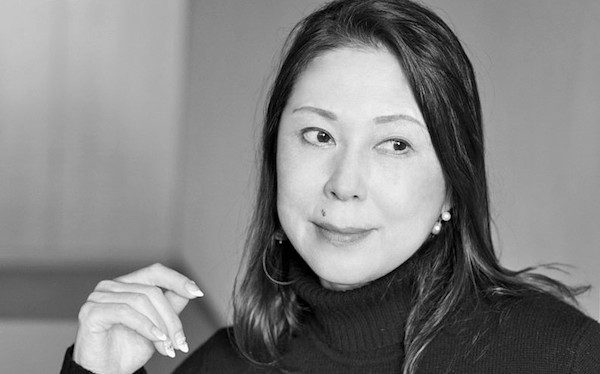
Natsuo Kirino
Five feature film adaptations
Also hailing from Japan, Kirino has enjoyed more recognition for her crime fiction in US markets, centered around her classic tale of murder and coverups gone bad, Out. She’s had five novels adapted to cinema, including the critically acclaimed Yawaraka na hou, based on A Tender Place, and the less-than-masterful adaptation of Out, which comes with the wince-worthy tagline of “Four down on their luck housewives murder their husbands and find whacky ways to hide the bodies!” There’s not all that much information in English about the rest of these films, so if you’re into updating IMDB, now’s the time.
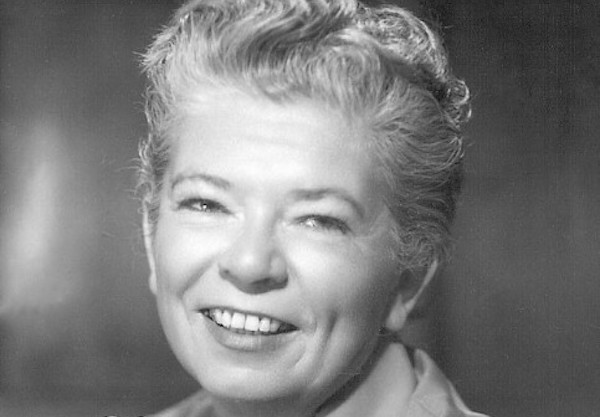
Charlotte Armstrong
Five feature film adaptations
Charlotte Armstrong is tied with Natsuo Kirino with five feature film adaptations each. Armstrong, like Ruth Rendell, was a darling of Claude Chabrol, with two novels made into feature films by him, including Merci Pour le Chocolat, based on the novel The Chocolate Spiderweb, and La Rupture, based on the novel The Balloon Man. She also had three films made in English-language markets, including Don’t Bother to Knock, a naughty 1950s mystery starring Marilyn Monroe. Although Armstrong’s works have been out of print in the States for some time, that will soon change with the reissue of several of her works through the new series American Mystery Classics, issued from Penzler Publishers.
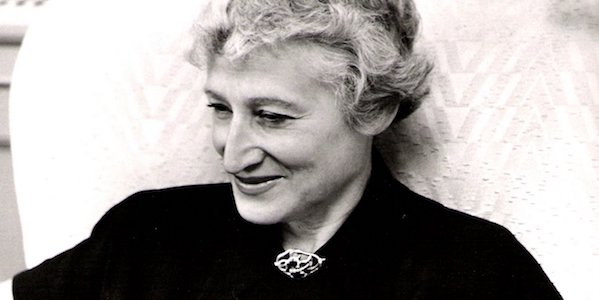
Vera Caspary
Five feature film adaptations
Vera Caspary worked in Hollywood and wrote a number of screenplays as well as treatments, but for the purposes of this list she’s at four feature film adaptions of her separately published work, including three films from the 1930s based on short stories and two films from the 1940s based on her novels Laura and Bedelia, each keeping the same title in film form. Laura, directed by Otto Preminger, is essential viewing to this day (especially in this new era of the girl in the title), while Caspary’s screenwriting talent is on full display in Bedelia, which she adapted herself.
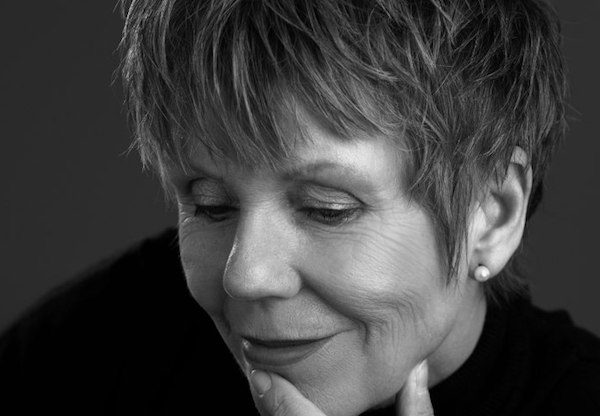
Karin Fossum
Four feature film adaptations
Fossum is known as the “Norwegian Queen of Crime,” and her dark, moody thrillers with murder among the fjords have been enjoyed by crime fans across the world, and adapted into four feature films. She tops this list for the number of books adapted to cinema by women directors, with two of the films based on her work directed by women: Eva’s Eye, directed by Berit Nesheim, and House of Fools, directed by Eva Isaksen. No other crime writer on this list has had more than one adaptation with a female director. Her quiet, suspenseful works infuse her Norwegian setting with an unsettling menace, lending a visual quality to her writing that translates well to the screen.
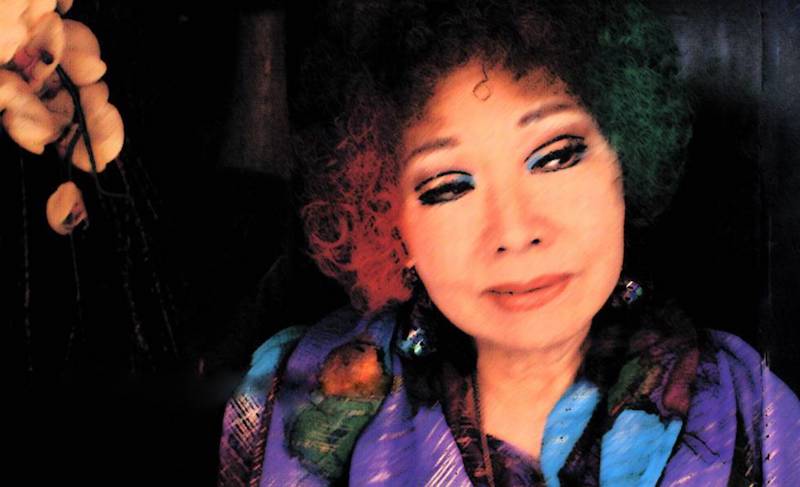
Masako Togawa
Four feature film adaptations
Masako Togawa wore many hats—in addition to writing crime and suspense novels, she was also an early champion of GLBTQ rights in Japan, and worked as an actress, singer, and nightclub owner. So basically, she sounds like the coolest person ever. Her work The Master Key was reissued earlier this year from Pushkin Press, and we hope this signals a new era of appreciation for both her life and works. All of the films adapted from her work came out on the 60s and 70s, and Togawa not only wrote but acted in the first film to be based on her work, The Hunter’s Diary (1964).
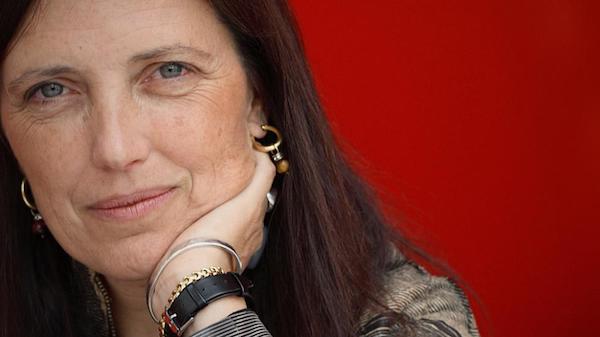
Claudia Piñeiro
Four feature film adaptations
Argentinian crime writer Claudia Piñeiro tops this list from the Latin American crime scene, which shouldn’t be a surprise, given Argentina’s dedication to both great crime fiction and great filmmaking. Piñeiro’s work has recurring themes of secrecy, privilege and corruption, with Argentina’s turbulent history making frequent appearances. Most of the films adapted from her work have come out in the last few years, and we can hopefully expect many more of her novels to make it to the silver screen.
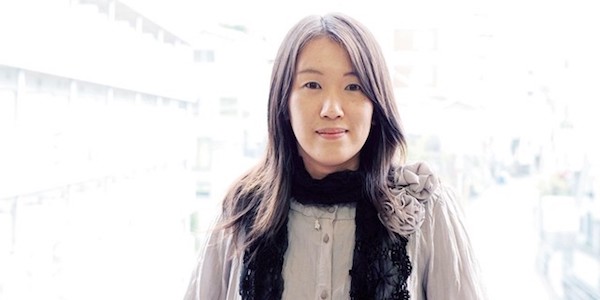
Kanae Minato
Four feature film adaptations
Kanae Minato led a quiet life as a housewife before she burst onto the international scene with some truly effed up books that explore the many dysfunctions of the modern world and the pressures of childhood in detached, fairy-tale prose. Minato is tied with Piñeiro and Togawa at four film adaptations, and what hasn’t been adapted to cinema has made its way to television, with television films and miniseries galore filling out her repertoire. Minato was nominated for an Edgar last year for her ultra-creepy work Penance, and we’re hoping this translates into increased attention for all her works.
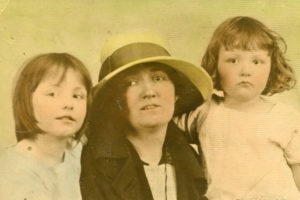
Elisabeth Sanxay Holding
Three feature film adaptations
Sanxay Holding worked as a novelist and screenwriter, and wrote the original stories for a number of films in addition to having three feature film adaptations of her work, including two different films based on The Blank Wall, one of the works included in Sarah Weinman’s seminal anthology of classic women crime writers and one of the greatest works of American mid-century fiction. While her work hasn’t hit the English-language screen since the 1950s, Le Candide Madame Duff, a French film based on her work, was released in 2010, and with recent reissues, the 21st century promises to be kinder to Sanxay Holding’s memory than the latter half of the 20th.
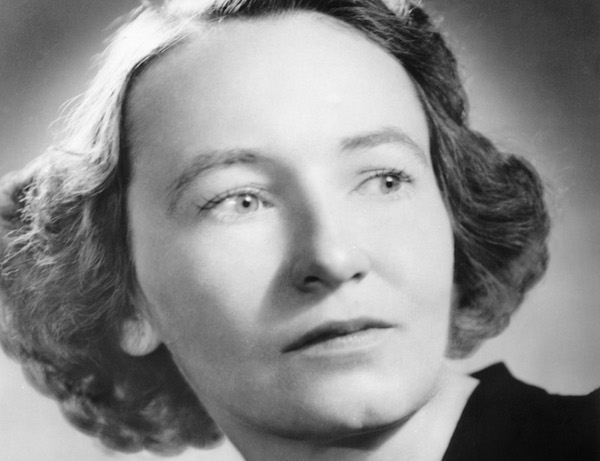
Dorothy B. Hughes
Three feature film adaptations
Dorothy B. Hughes is another crime writer to be experiencing a renewed interested in recent years, although its been a group effort to keep her classic work In A Lonely Place in print, with three separate reissues in the past 20 years alone, issued by The Feminist Press, Library of America, and New York Review of Books. Nicholas Ray’s 1950 adaptation of In A Lonely Place is not to be missed, although it’s hard to say if any film could measure up to the cool brilliance of Hughes’ greatest work. Hughes also worked as a screenwriter, and you can find her name attached on the Hollywood side to many a picture.

















